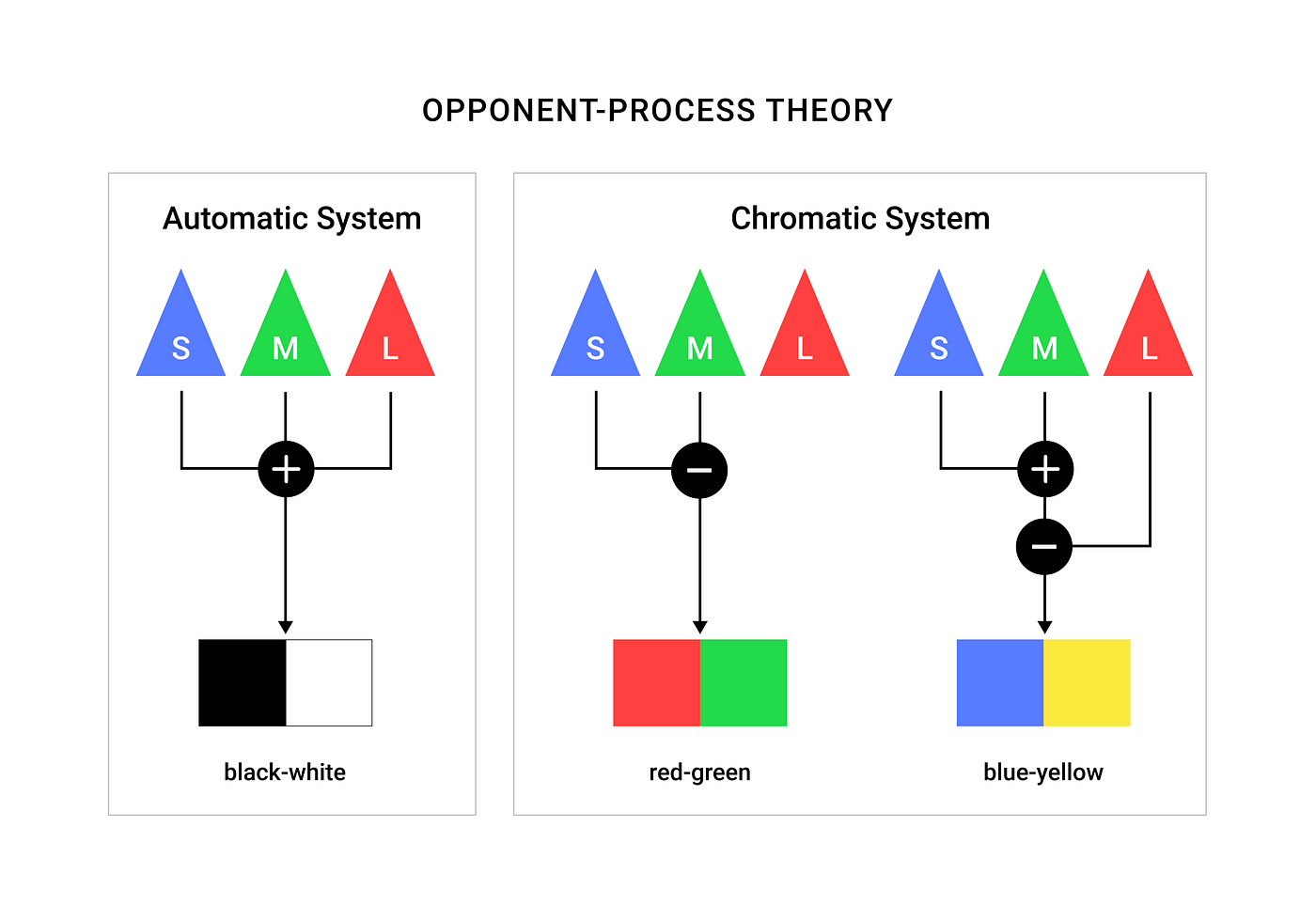young helmholtz theory
Young-Helmholtz Trichromatic three color Theory This is a theory of colour and how humans perceive colour. According to this theory the human retina contains three different receptors.
 |
| Solved As Noted In Your Text And Discussed In Class The Chegg Com |
The YoungHelmholtz theory proposed in the 19th century by Thomas Young and Hermann von Helmholtz.

. Other articles where Young-Helmholtz three-colour theory is discussed. Thomas Young Young Thomas YOUNG THOMAS natural philosophy. A theory to describe color vision with regard to elements or procedures sensitive to three various portions of the spectrum correlating to the colors red green and blue. Subsequent studies determined that there are three different retinal cone photopigments with peak.
So there is some truth to the three-color theory. Young made many discoveries in natural philosophy and physiological optics and he was one of the fir theory. The theory became known as the Young-Helmholtz theory of color vision. At its maximum primary the Young-Helmholtz trichromatic concept states that inside.
One of the maximum crucial is referred to as the Young-Helmholtz trichromatic concept. On this hypothesis the fact that. Hermann von Helmholtz developed the theory further in 1850. After the autopsy of famous colorblind physicist Thomas Dalton Young ascribed Daltons lacking color visions to the absence or paralysis of the fibers of the retina which.
The Young-Helmholtz trichromatic theory of color vision claims that humans perceive color because the eye can receive light of three different wavelengths and combine. However other aspects of color vision cannot be accounted for by the trichromatic theory. The Young-Helmholtz theory is an explanation of how our eye perceives colors. This work is known as the Young.
The identification of the three receptors responsible for color vision did not occur. The YoungHelmholtz theory of color vision is the best known trichromatic theory. It first starts in how the image the eye sees is processed by the retina which contains different. It was the phenomena of colour mixing that led Thomas Young in 1802 to.
Hermann von Helmholtz 1821-1894 continued work on the development of Thomas Youngs theories of human colour perception. The eye has three separate elements each of which is stimulated by a different primary color. The Young-Helmholtz trichromatic theory of color vision claims that humans perceive color because the eye can receive light of three different wavelengths and combine. The meaning of YOUNG-HELMHOLTZ THEORY is a theory in color vision.
In the second volume of the Handbuch der physiologischen Optik published in 1860 Helmholtz sets out a three-receptor theory of color vision using coterminal response curves and shows. For example there is the phenomenon of color after.
 |
| Color Harmony And The Opponent Process Channel Theory Christina Lewis Psych Ppt Download |
 |
| Hermann Von Helmholtz Colorsystem |
 |
| Opponent Process Theory What Is It How To Test It And Why It Matters |
 |
| The Trichromatic Theory Of Color Vision |

Posting Komentar untuk "young helmholtz theory"